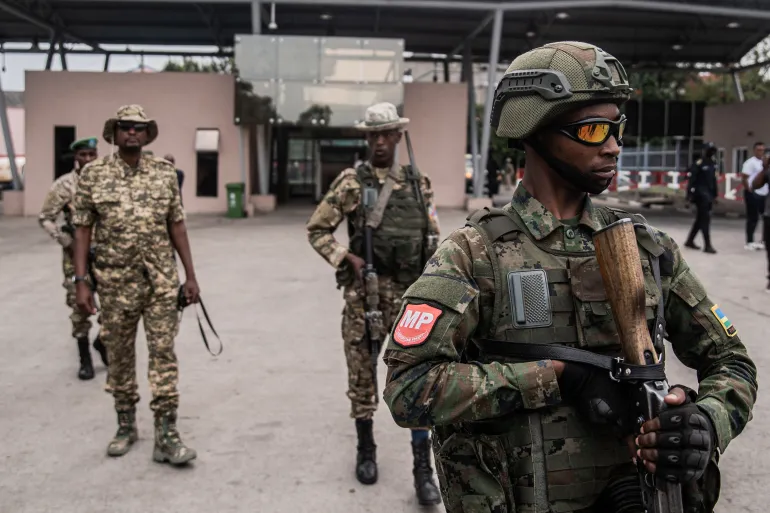Rwanda and the Democratic Republic of the Congo are expected to sign a United States-mediated peace deal on Friday following several months of conflict that has killed thousands of people and displaced millions in resource-rich eastern DRC.
Neither country is formally at war, but the DRC accuses its neighbour, Rwanda, of backing the M23 rebel group, which is waging war in eastern DRC. Rwanda denies this charge.
In January, a deadly offensive by the rebels – aided by Rwandan forces, according to a United Nations expert panel – escalated a decades-long conflict in eastern DRC. The M23 has since seized the strategic cities of Goma and Bukavu, and its attacks have raised fears of a regional war.
The peace agreement comes amid reports that the US is considering investments in the mineral-rich region in return for security and calm in an area where dozens of militias vying for resource control have operated since the mid-1990s.
Here’s what we know about the peace agreement to be announced:
What’s the background to the crisis?
The DRC and Rwanda conflict dates back to the Rwandan genocide of Tutsis and centrist Hutus in 1994.
Following the overthrow of the genocidal government by the Rwandan Defence Forces, Hutu genocidaires fled into the neighbouring DRC’s poorly governed eastern region. They hid among civilian refugees and continued to launch attacks on Rwanda.
Kigali’s attempts to attack those forces led to the First and Second Congo Wars (1996-1997 and 1998-2003). Rwanda and Uganda were accused of targeting Hutu civilians, and looting and smuggling the DRC’s coffee, diamonds, timber, coltan and gold. Other neighbours similarly interfered, choosing Rwanda or the DRC’s side.
Eastern DRC has been in the throes of low-level conflict since then. More than six million people have been killed, and millions have been displaced. At least 100 armed groups taking advantage of a security vacuum operate in the area and control lucrative mines. The DRC has one of the world’s largest reserves of coltan and cobalt. It is also rich in gold, tantalum, tin and tungsten, which are critical for tech gadgets.



